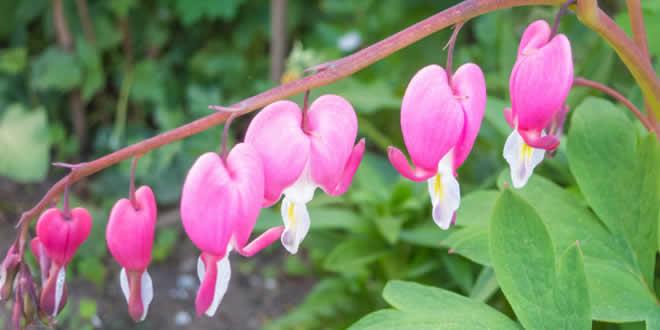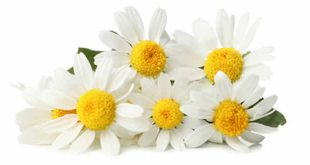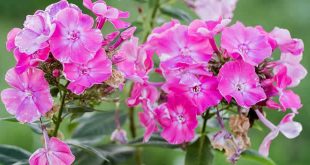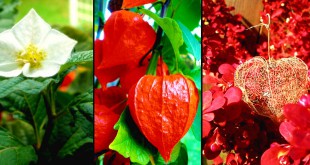| Kingdom: | Plantae |
| Family: | Papaveraceae |
| Tribe: | Fumarieae |
| Genus: | Dicentra |
Bleeding Heart — Dicentra is a genus of about 20 species of herbaceous flowering plants in the family Fumariaceae, native to Asia and North America. The common name, bleeding heart, is used for many of the species. This name comes from the appearance of the pink flower, which resembles the shape of a heart with a drop of blood descending.
This species of bleeding heart can grow to 60-140 cm tall and has ternately compound leaves (leaflets that come in threes). The flowers are pendulous, shaped much like hearts, produced in a raceme bearing 3-15 individual flowers, each one 2-3 cm long, with pink outer petals and white inner petals. The flowering season is from early spring to mid summer.
It is a popular ornamental plant for flower gardens in temperate climates, and is also used in floristry as a cut flower. It can be a full sun plant if in a cool area but in a warm climate, prefers semi-shaded areas. It needs to be kept moist and prefers neutral to alkaline soil with good drainage although these plants can tolerate heavy clay soil as well.
It is prone to aphids, slugs and snails, which cause damage to its leaves. Propagation is by sowing the seeds when fresh. It can also be divided, preferably in the late fall or early spring. However, contact with the plant can cause skin irritation because the entire plant is toxic, so should be handled with gloves and long sleeves.
Several cultivars have been selected, including ‘Alba’, with pure white flowers, and ‘Goldheart’, a relatively new cultivar developed at Hadspen Garden in England and introduced in 1997 with fuchsia-colored flowers that drop from the stem in a row, and yellow foliage that turns lime green by mid summer.
 Kids Portal For Parents India Kids Network
Kids Portal For Parents India Kids Network




